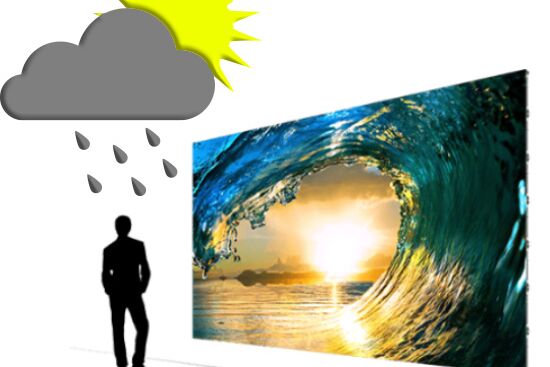Light Emitting Diode display panels have gained popularity for their capacity to deliver crisp visuals in multiple settings, from corporate environments to event venues. One of the primary aspects of these systems is their interface options, which allow users to connect them to different devices and systems. Understanding the broad input options supported for Light Emitting Diode wall panels is essential for maximizing their use and effectiveness. This discussion details these features, showcasing how they can adapt to specific needs and preferences.

One common interface approach for LED wall panels is High-Definition Multimedia Interface. High-Definition Multimedia Interface is widely recognized for delivering crisp video and audio signals between components. This interface type is particularly beneficial in business settings, such as conference rooms or training rooms, where visual content or video content are often shared. By using HDMI cables, operators can easily link laptops, projectors, and streaming equipment to Light Emitting Diode wall panels, ensuring a clear and dynamic presentation of information.
Another popular connectivity method is DisplayPort, which is similar to High-Definition Multimedia Interface but offers enhanced benefits. DisplayPort can support higher refresh rates and resolutions, making it an excellent choice for gaming or graphic-intensive applications. For those deploying LED wall panels in environments where output quality is essential, such as esports arenas or creative workspaces, Display Port can provide the required visual quality. Additionally, many contemporary computers and graphics cards feature Display Port connections, making it a convenient option for technology-oriented professionals.
In addition to HDMI and Display Port, cordless transmission options are becoming progressively prevalent in Light Emitting Diode wall panel solutions. Cable-free connections allow users to transmit content without the requirement for physical cables, enabling high cri led panels a streamlined and more flexible setup. Technologies such as Wi-Fi and short-range communication enable users to connect smartphones, tablets, and laptops directly to Luminescent Diode wall panels without tangled wires. This versatility is particularly beneficial in dynamic environments like trade shows or events, where quick changes to displays are often needed.
For extensive deployments or more intricate setups, network connectivity through Ethernet is another viable option. Wired links provide a consistent and reliable way to connect multiple LED wall panels within a network. This setup is suitable for electronic display use cases found in shopping malls or airports, where numerous panels may need to present synchronized content across a wide area. By using Ethernet cables and network switches, users can guarantee that all linked panels receive uniform data and content efficiently.
Lastly, it's crucial to evaluate the future of interface technology with advancements such as USB-C and Thunderbolt 3. These newer connection types offer increased data transfer speeds and versatility by allowing one connector to handle both power delivery and data exchange. As more systems adopt these standards, Light Emitting Diode wall panels equipped with Type-C ports will likely become more prevalent. This shift in integration not only improves the capabilities of Luminescent Diode wall panels but also coincides with the growing trend of minimalism in hardware arrangements by reducing the number of cables needed.
In conclusion, exploring the diverse connectivity options best site available for LED wall panels reveals many opportunities for operators across various fields. From traditional methods like HDMI and DisplayPort to contemporary cordless technologies and LAN setups, each pathway serves specific purposes tailored to specific needs. Additionally, emerging technologies like USB-C promise further advancements in how professionals utilize Luminescent Diode wall panels. By grasping these integration alternatives, individuals can make strategic selections that optimize their overall experience with these versatile display tools.